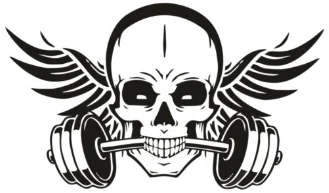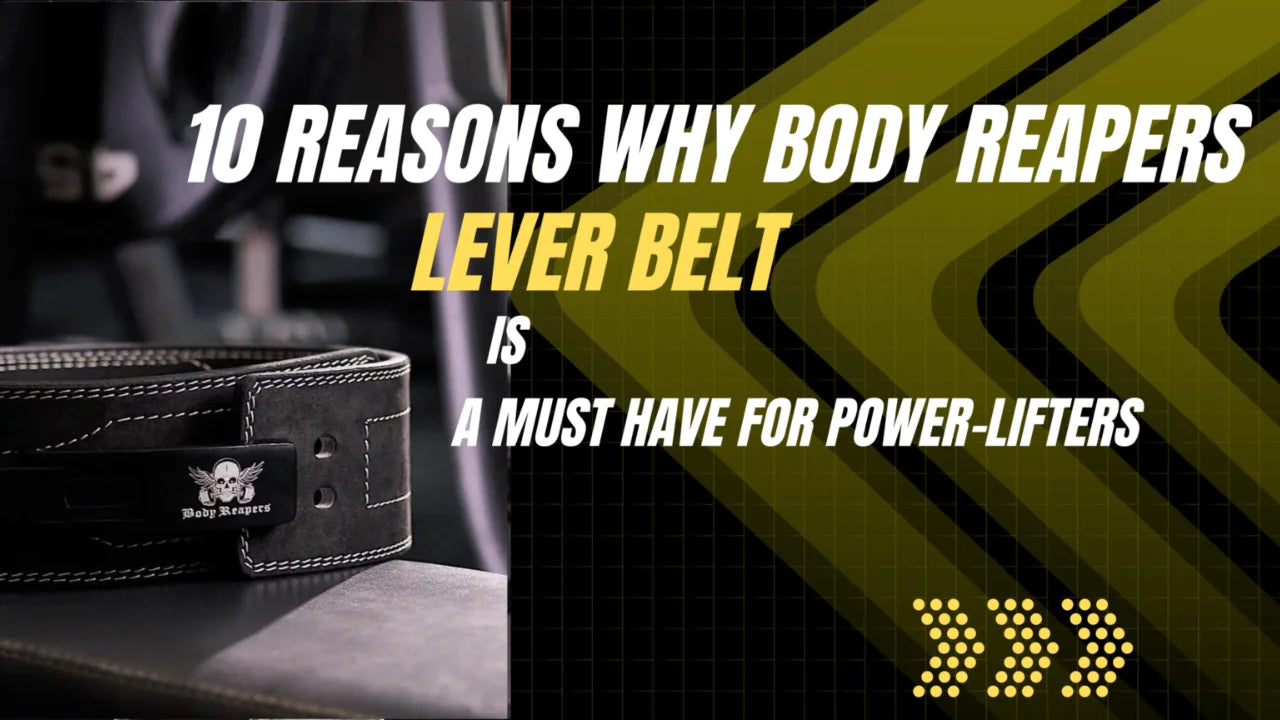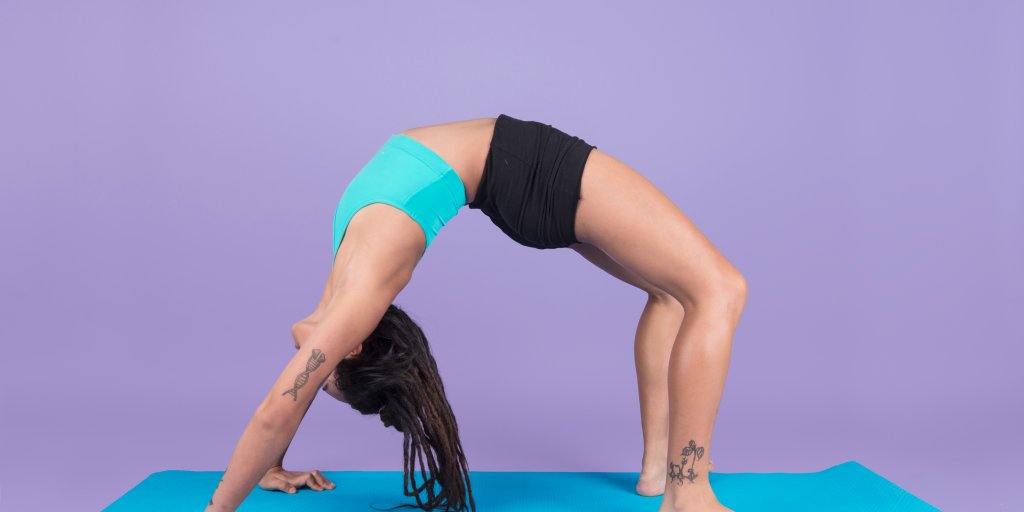Admit it, we all have been there! Trying to figure out whether investing in workout gears is even necessary or not and if yes, “which workout gear should I buy”, “how to even choose the right gear” and what not.
And while all of this is indeed overwhelming, especially at the beginner level, guess what? When you push yourself beyond limits, having the perfect workout gear can help you reach your fitness goal, in a faster and much safer condition.
If you have been consistent with your workout, need an upgrade and are having questions regarding what really are wrist wraps and whether or not you should be using them, are they even worth it, then this article is for you where we will be covering the most frequently asked 5 questions on using the right wrist straps in the right way so you can get the max out of it.
Table of contents
- What are wrist wraps?
- Why should you use wrist wraps?
- How to use wrist wraps?
- When and when not to use wrist wraps?
- Which wrist wraps are best for you?
What are wrist wraps?
Wrist wraps, also known as wrist straps, are pairs of straps made of cotton or nylon material, used to provide support and stability to the wrist during heavy lifting and overhead workouts. Wrist wraps usually measure around 12-18 inches in length and feature a loop at one end and a Velcro strip at the other.
The main purpose of wrist wraps is to prevent hyperextension and ensure proper wrist placement beneath the barbell, preventing injury and reducing strain on the joints and muscles.
However, wrist wraps are not a substitute for a normal wrist brace, which is typically used to relieve pain from an injury. When it comes to choosing the right wrist wrap, consider the type of workouts you will be performing, the level of support you need, and the level of comfort you desire. It is also important to note that wrist wraps should not be relied upon for every workout, as overuse can lead to weakened wrist muscles.
So you see that wrist wraps can be a helpful tool for lifters looking to provide additional support to their wrists during heavy lifting. However, it is important to choose the right wrist wrap and use it in moderation to prevent injury and maintain wrist strength.

Why should you use wrist wraps?
Used as a common accessory for weightlifting and other strength training activities, wrist wraps serve a list of purposes:
Support: Wrist wraps provide support to the wrist joint, which can reduce the risk of injury and help to stabilize the joint during heavy lifting. This can be especially important for people with wrist pain or instability.
Pain relief: Wrist wraps can also help to relieve pain or discomfort in the wrist joint, particularly for people with conditions such as carpal tunnel syndrome or arthritis.
Improved grip strength: By providing support to the wrist, wrist wraps can help to improve grip strength, which can be especially important for exercises such as deadlifts or pull-ups.
Confidence: Wearing wrist wraps can also give people a sense of confidence and security when lifting heavy weights, allowing them to focus on their form and performance.
It is important to note that wrist wraps should not be used as a substitute for proper technique and form when lifting weights. They should also not be used to compensate for weak or injured wrist joints. It's always best to consult with a doctor or physical therapist before starting any new exercise program.
Let’s get to your next question-
How to use wrist wraps?
Knowing how to wear wrist wraps properly is crucial after deciding you're ready to utilise them. The way they should be worn is the same regardless of the many different brands and sizes available on the market, which we'll examine later.
The appropriate way to wear traditional wrist wraps is quite simple, so here is a quick step-by-step guide:
- Locate the thumb loop and make sure it is pointing up.
- Place the loop in such a way that the lengthy piece of fabric rests on the inside of your wrist.
- To properly tighten the wrap, turn the Velcro piece so that it is facing up.
- Start by inserting your thumb through the loop.
When and when not to use
Wrist wraps are a popular accessory for gym-goers and athletes, and can offer a significant boost to your performance. They provide stability and support to your wrist joint, which can help you increase your lift weight and prevent injury. However, it is important to understand when and when not to use wrist wraps to maximize their benefits.
Wrist wraps should be used when performing challenging overhead exercises, such as powerlifting and heavy lifting, where the wrist joint requires added support and stability. They can also be used during CrossFit exercises, where the wrists are under significant stress.
On the other hand, wrist wraps should be avoided when performing lighter weight warm-up exercises or non-overhead motions. If you have issues with wrist mobility, it is important to work on improving your wrist strength, rather than relying on wrist wraps as a crutch.
Ultimately, the decision to use wrist wraps should be a strategic one, based on the demands of your workout and your own physical limitations. To get the most out of your wrist wraps, it's important to understand the proper way to use them and to avoid over-reliance on this accessory.
You must maintain the wrist's strength if your goal is to keep it safe. To prevent your wrist muscles from weakening, this entails performing a significant amount of lifting without wraps. So, choose wisely. You should have a purpose in mind before using wrist wraps. Wear wrist wraps strategically, and they'll help you set new personal records.

What is the best kind of wrist wrap?
When looking for the perfect wrist wrap, you have a variety of brand options to choose from. It's essential to consider the type of movements you need support with when deciding which wrist wrap to purchase. A crucial factor to keep in mind is the quality and longevity of the material used in the wrist wraps. This is where Body Reapers wrist wraps come in play which are not only sturdy and durable but also reduce on the ‘bulkiness’ that you get from the typical ones available in the market.
Three common types of wrist wraps include 18" Velcro wrist wraps, stiff wrist wraps, and strength wrist wraps. 18" Velcro wrist wraps are made with high-grade materials, such as cotton or nylon, for durability and longevity. These wraps are 18 inches in length and ideal for maxing out movements in exercises such as the bench press or shoulder press. Stiff wrist wraps are a step up from the classic wraps, made with thicker and more durable material, and come in various sizes from 12 to 36 inches. Strength wrist wraps, suitable for CrossFit or compound movements, are less bulky with a longer fabric design (36 inches) and can be adjusted quickly.
Body Reapers wrist wraps are designed by experts under the guidance of a physician with extensive knowledge of orthopaedics and sports medicine. Not only that but its tested and QC passed by weightlifting champions. What sets Body Reapers wrist wraps different from others is their strength, stability, and support that they provide. So, whether you're looking for support during heavy lifting or quick movements, Body Reapers wrist wraps have got you covered.




Dejar un comentario
Este sitio está protegido por hCaptcha y se aplican la Política de privacidad de hCaptcha y los Términos del servicio.